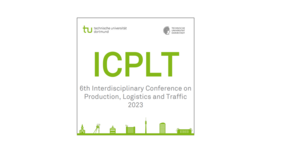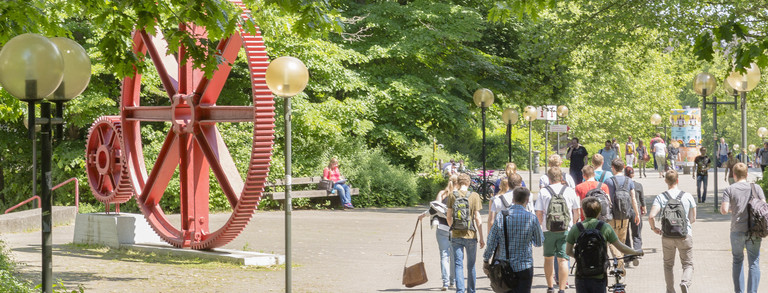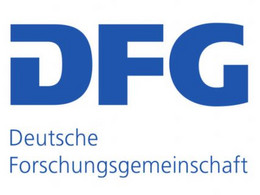TransSim - Transport logistics simulation environment
- Simulation and Logistics Engineering
Background
Strategic planning and operational decisions have a decisive influence on the profitability of the operation of a distribution center or a general cargo forwarding facility. The transport logistics simulator TransSim (formerly VeloS) has been developed to investigate the interaction and effects of strategic planning (layout decisions, network structure) on operational processes in logistics facilities and networks and to derive design rules for internal and external logistics processes. The aim was to develop a tool that enables both the effects of strategic and operational decisions to be analyzed in a joint model. A particular focus was placed on the detailed mapping of internal and external material and information flows in logistical nodes of road freight transport, as strategic layout decisions and operational scheduling decisions have a significant influence on service provision (e.g. throughput per time unit) and costs (investment, operation).
Procedure
The simulation environment was specified and implemented as part of a cooperation project with INCONTROL Simulation Solutions. First, the problems to be investigated were formulated and the objectives to be pursued with the simulative analyses were defined. In the next step, the required data was collected and analyzed. The simulation environment was then designed and implemented, allowing simulation models to be set up and simulation experiments to be carried out. After processing and analysis, the results are examined with regard to the achievement of objectives and transferability to the real system.
Desired results
The use of the simulation environment makes it possible to link new scientific methods, findings and models with the real processes of a transport logistics system. For example, yard management strategies, dynamic control strategies for internal resources or different system loads can be varied and analyzed. The simulation environment is constantly being further developed by the institute's team and used in subsequent research projects.
Contact: Prof. Dr.-Ing. Uwe Clausen
Funding and partners






